What is Geotextile Used for in Pavements? Enhancing Moisture Control in Roads
What is geotextile used for in pavements? Geotextiles are used in the construction practice of reinforcing pavement structures.
Tel: +86-411-39569550 | E-mail: info@geofantex.com/geofantex@gmail.com
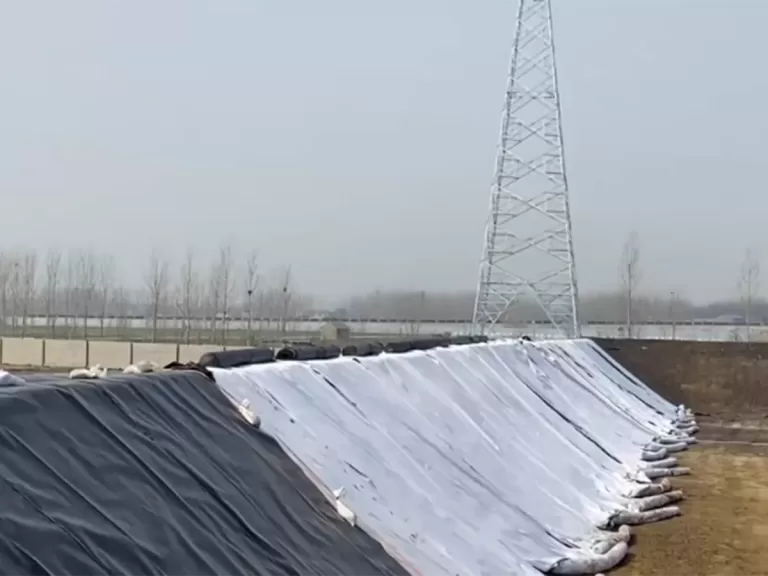
What is geotextile used for in pavements? Geotextiles are used in the construction practice of reinforcing pavement structures.
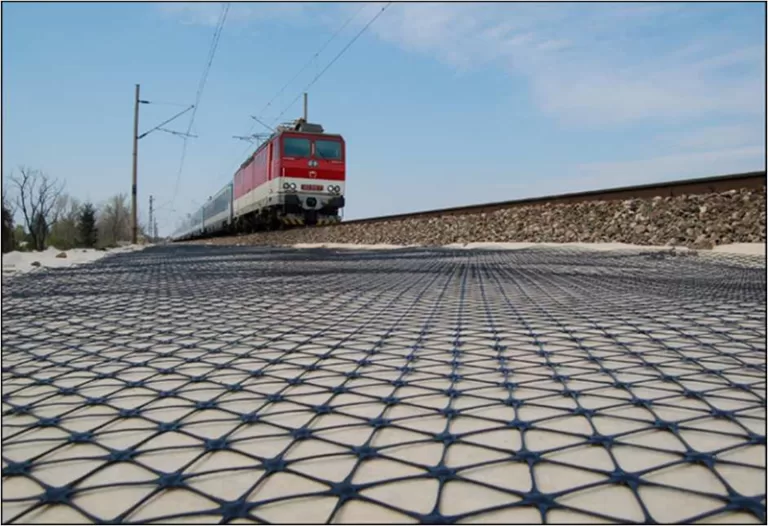
The latest advancements in geogrid soil stability have revolutionized infrastructure development across the country.

When it comes to road infrastructure, paving roads with geocomposites is an effective way to improve durability.
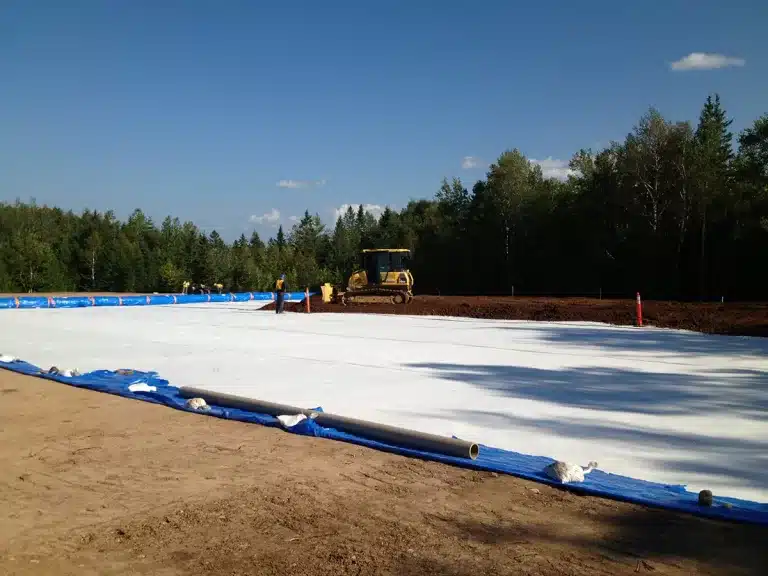
For infrastructure projects such as road construction and retaining walls, successful geosynthetic install ensures stability.

What are erosion blankets? This question becomes increasingly important as the demand for effective erosion solutions continues to grow.
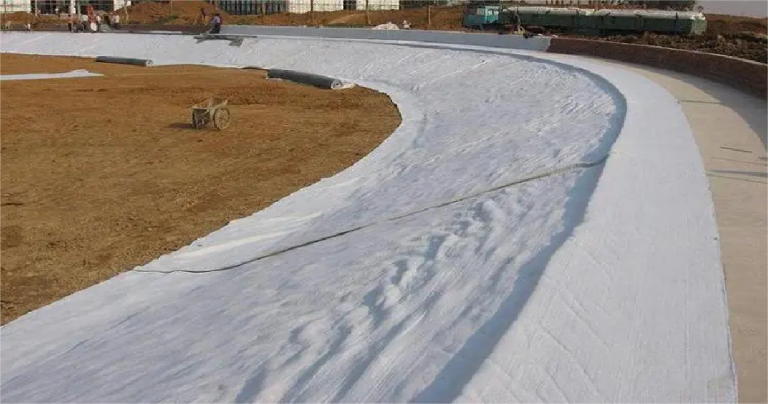
Geotextile what is it? It is an important question in the industry. It is a synthetic material used for various purposes such as engineering.
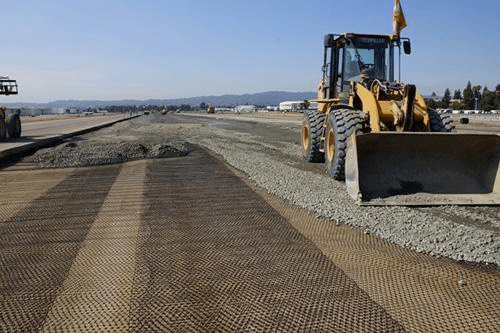
One solution for efficient landfill management is to use geonets, an important component in modern geosynthetics applications.
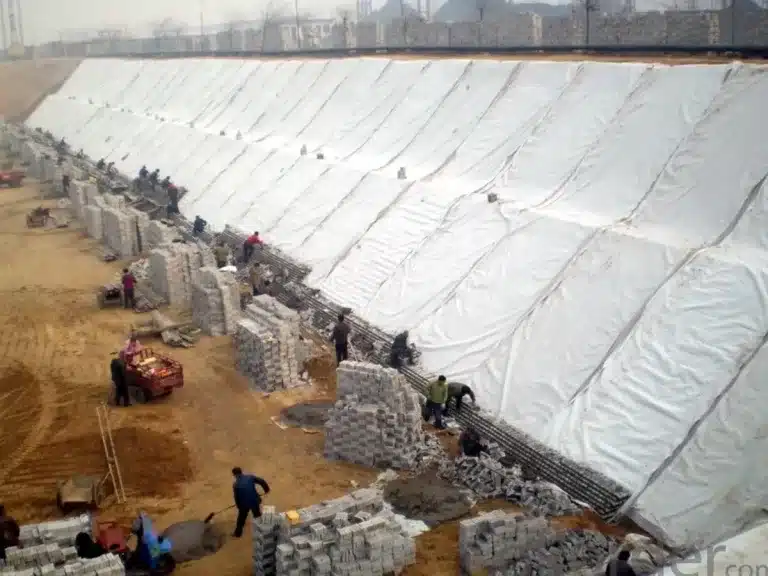
Geotechnical retaining walls are an essential solution in engineering, providing stability to a variety of projects.
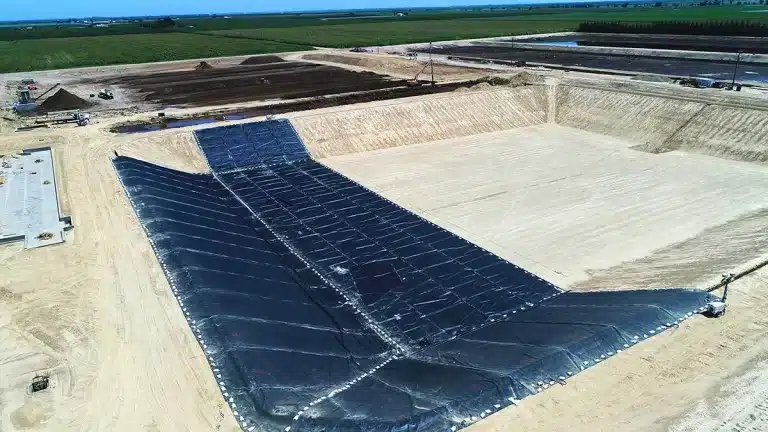
The use of geomembrane walls has gained significant momentum in recent years, becoming an essential component in the field of geosynthetics.
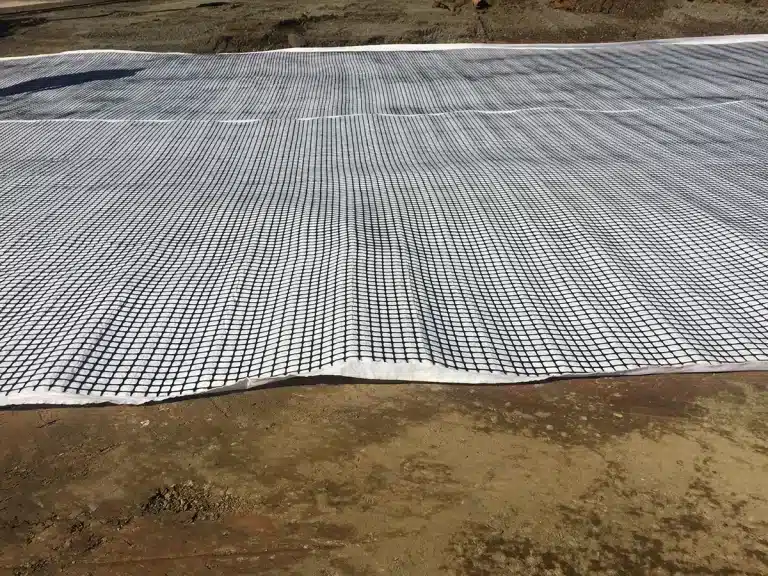
Geocomposite retaining wall is a unique combination of geosynthetics and traditional wall reinforcement technology.
End of content
End of content
WhatsApp us